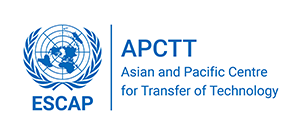Established in 1977 in Bangalore, India, the Regional Centre for Transfer of Technology (renamed APCTT in 1985) moved to its current offices in New Delhi in 1993. The Centre was established with the objective of facilitating technology transfer in the Asia-Pacific region. The Centre is headquartered in New Delhi with host facilities provided by the Government of India.
Over past 43 years, APCTT has been a regional key player, promoting regional cooperation among member countries, providing Science, Technology and Innovation capacity building, facilitating technology transfers through technological information exchange; and facilitating technology cooperation.

